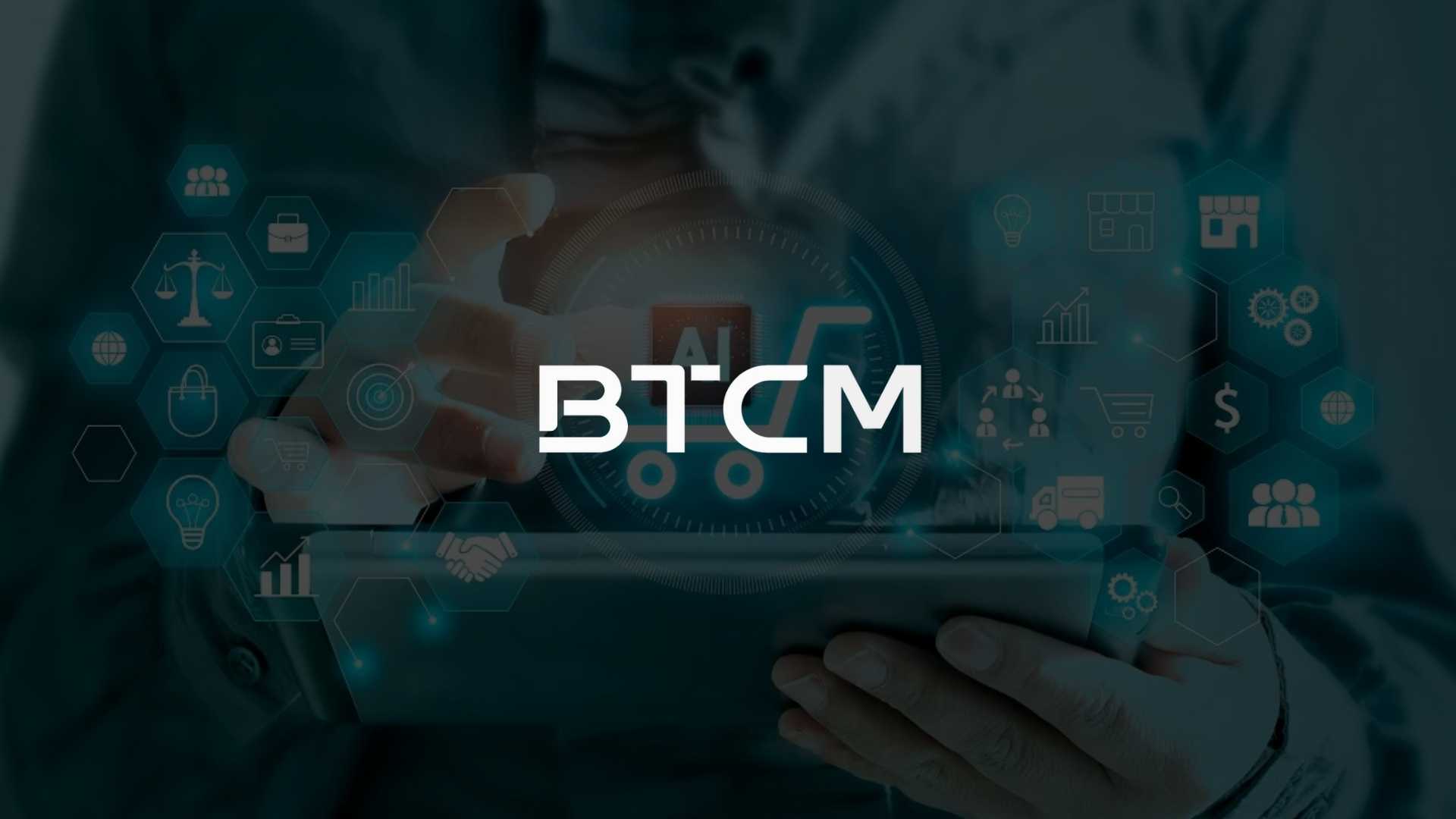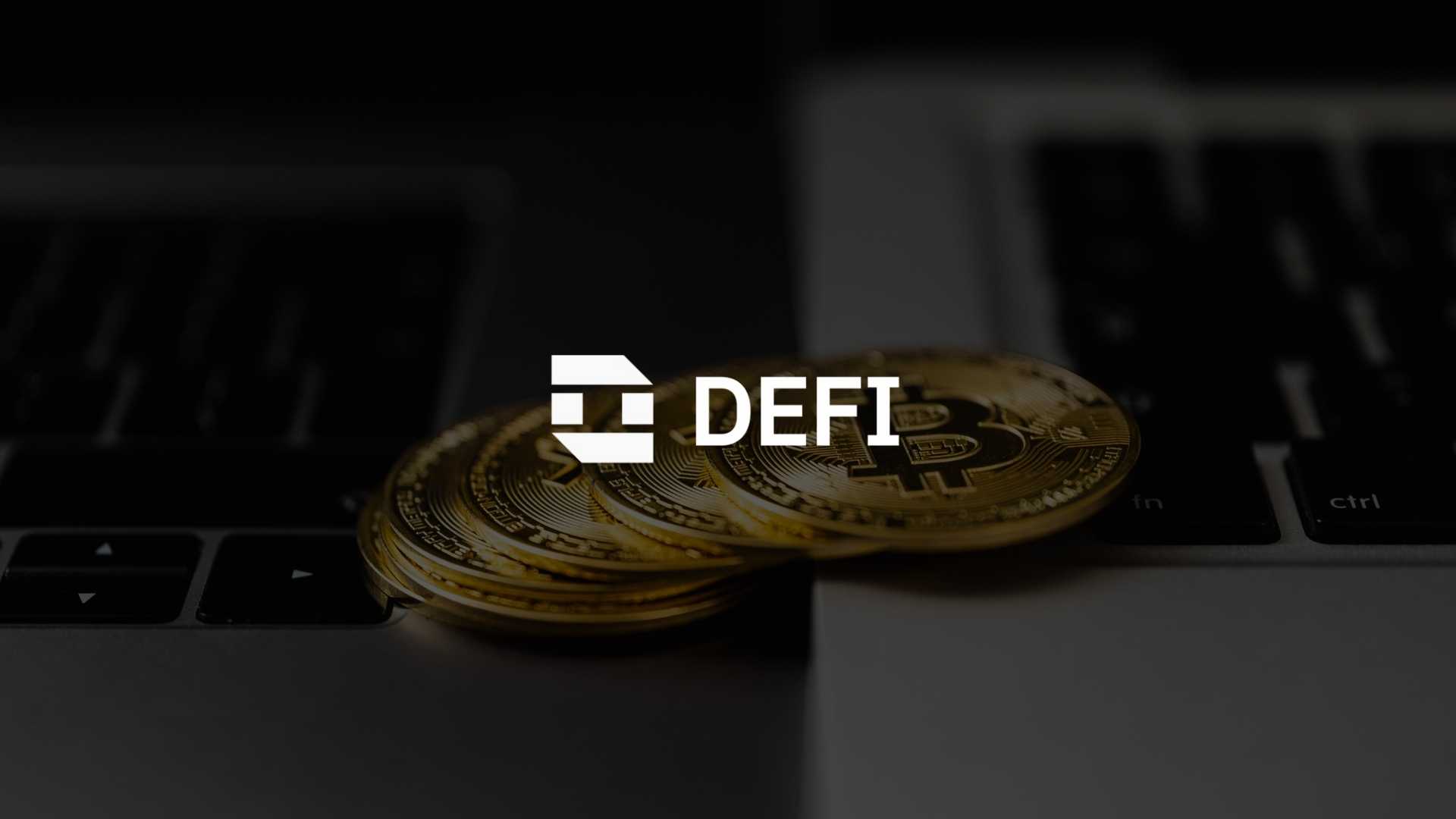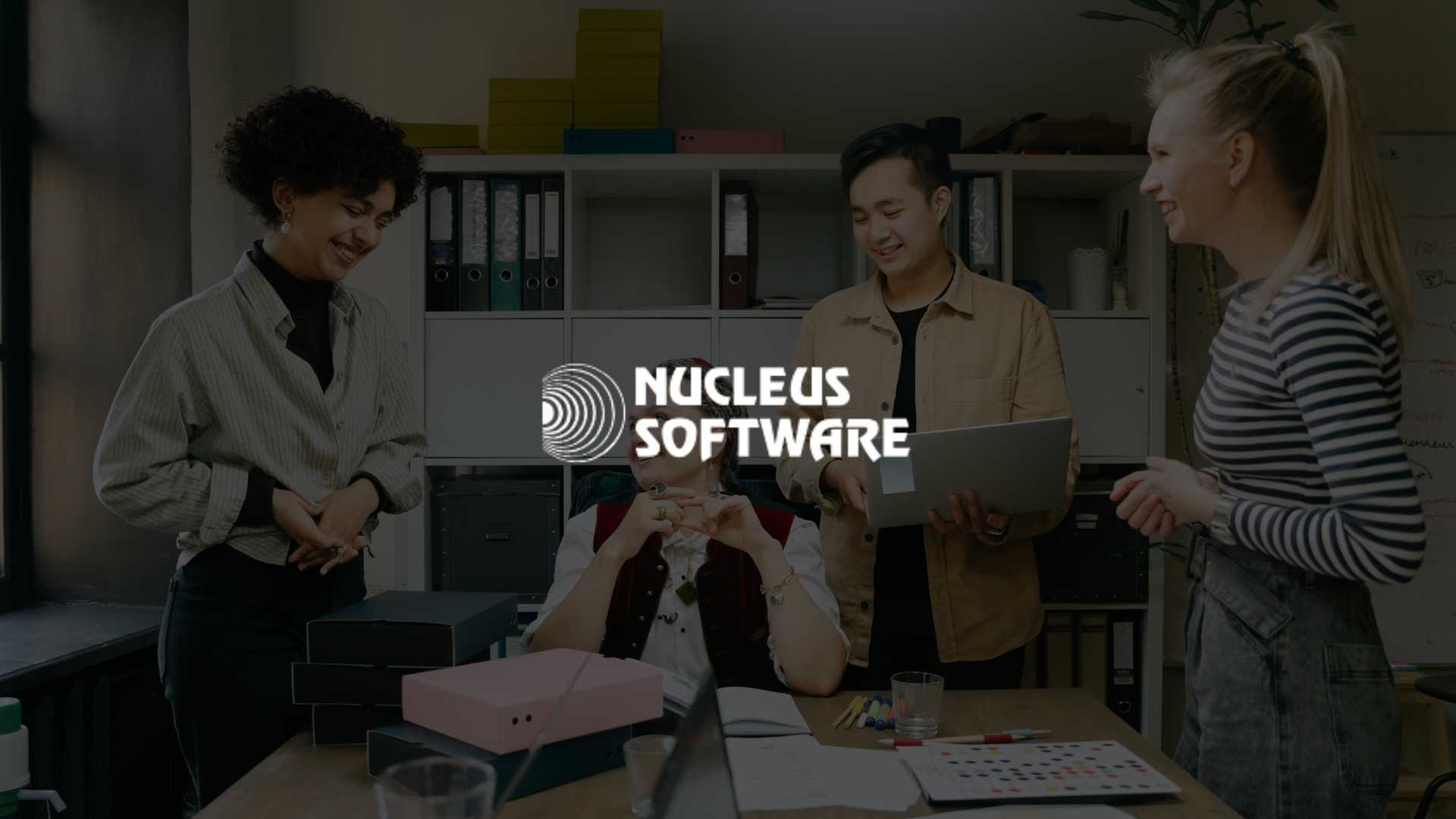Bit Mining Launches DOLAI: A Compliant AI-Native Stablecoin on Solana

The stablecoin wars just got a new entrant—one with an AI twist.
Bit Mining Limited (NYSE: BTCM) has rolled out DOLAI, a U.S. dollar–backed stablecoin designed for more than just fast payments. The company is positioning it as the first AI-native stablecoin—a compliant, institutional-grade digital dollar that can be used by AI agents, merchants, consumers, and banks alike.
Launched in partnership with compliance infrastructure firm Brale Inc., DOLAI debuts on the Solana blockchain but promises multi-chain interoperability across Ethereum, Base, Canton, and beyond.
Compliance First, But With AI in Mind
Unlike some stablecoin projects that have courted regulatory uncertainty, Bit Mining is leaning heavily on compliance. DOLAI is backed 1:1 by U.S. dollars and short-term Treasuries, with AML/KYC and OFAC screening baked into its issuance process.
But what sets DOLAI apart is its pitch as a settlement layer for the so-called agentic economy—a future where AI agents autonomously request services, verify value, and pay for them without human oversight. Think micro-payments for API calls, automated SaaS subscriptions, or machines paying machines for data feeds in real time.
As Bo Yu, Chairman and COO of Bit Mining, put it:
“DOLAI is designed with the long-term goal of serving as the currency of the agentic economy.”
Multi-Chain Flexibility and Traditional Finance On-Ramps
Out of the gate, DOLAI is live on Solana, chosen for its sub-second finality and low fees. But Bit Mining says it won’t stay confined there. The coin will support swaps across 20+ other stablecoins (like USDC and USDP) and connect to multiple blockchains via APIs.
Institutions can mint or redeem via ACH or wire transfer, effectively bridging traditional banking rails with blockchain-native settlement. That dual access could be appealing to enterprises wary of being locked into purely crypto-native ecosystems.
Where It Fits in the Stablecoin Landscape
Stablecoins are already one of crypto’s most crowded verticals. Tether (USDT) and Circle’s USDC dominate in volume and adoption, while upstarts like PayPal’s PYUSD target consumer trust through brand recognition. What DOLAI is trying to do differently is carve out a niche in AI-integrated finance, banking on the idea that autonomous systems will need a native, programmable currency.
If Bit Mining can secure adoption among AI-focused developers and institutional partners, DOLAI could avoid the fate of many “me too” stablecoins that never achieved meaningful circulation.
What’s Next
Bit Mining is already eyeing use cases in cross-border payments, GameFi, decentralized apps, and tokenized real-world assets (RWA). Confidential transfers and yield-bearing integrations are also on the roadmap, hinting at a strategy that combines compliance with innovation.
Still, execution will be key. Stablecoin success requires both liquidity and trust—two areas where the incumbents currently dominate. If AI agents do become a real economic force, however, Bit Mining may have timed its entry just right.


